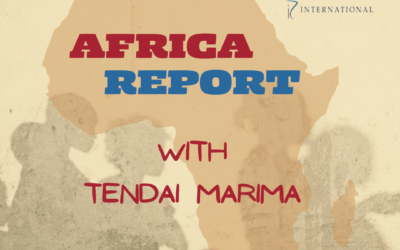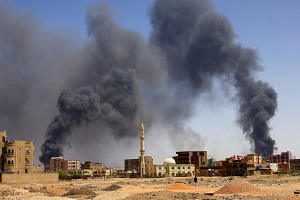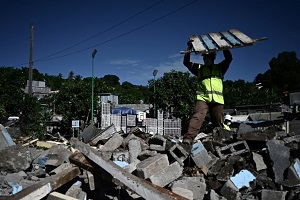 Umamah Bakharia
Umamah Bakharia
10:11:2021
In countries with low emission standards, such as India and South Africa, air quality is poor and can cause profound health implications.
According to the World Health Organization (WHO), household combustion devices, motor vehicles, industrial facilities, and forest fires are the leading air pollution causes.
Delhi has recorded ‘severe’ air quality over the past week due to the build-up of emissions from fireworks on Diwali and crop residue burning amid unfavourable meteorological conditions.
Siddharth Singh, the author of ‘The great smog of India’, speaks to Radio Islam and says: “air pollution is caused by bigger factors such as transport and industries, but on Diwali when fireworks were used there was more air pollution.”
The smog in Delhi is at its peak from October to January due to the wind direction changing, car emissions and industries; the air finds itself hard to escape, says Singh.
At the 2021 United Nations Climate Change Conference (COP26), India says it is committed to solving air pollution by reaching mass zero emissions by 2070.
“If India begins from 2021 to make a change, in the next five years India may see replace polluting vices by renewable energy powered alternatives.”
In South Africa, the country has one of the weakest minimum emission standards globally, despite the guidance that the WHO has put out regarding air quality.
Green Peace Climate and Energy Campaigner Thandile Chinyavanhu speaks to Radio Islam on air pollution in Johannesburg.
“In Johannesburg specifically, we have very poor air quality, and this is because of the cluster of coal fire stations that are situated in Mpumalanga region as well as SASOL,” she adds that the proximity of these coal stations plays a role in Johannesburg being air polluted.
Chinyavanhu says for South Africa to reach a healthy air quality rate, the government needs to step up and improve the country’s emission standards.
[Listen] to the podcast here







0 Comments